FAQs
Here are the warning signs of poor dental health in your pet:
- Bad breath – one of the first signs of dental disease
- A yellowish-brown crust of plaque on the teeth near the gum line
- Red and swollen gums
- Pain or bleeding when your pet eats or when the mouth or gums are touched
- Decreased appetite or difficulty eating
- Excessive drooling
When you bring your pet in for his or her yearly exam and vaccinations, we always check the health your pet’s teeth. However, if you notice any of the following, please call us and schedule an appointment. Remember, good dental health can extend your pet’s life by 3 to 5 years!
Here are two resources that show you how.
http://nationalpetdentalassociation.com/pet-owners/dental-health from the American Animal Health Association
http://www.healthypet.com/PetCare/PetCareArticle.aspx?title=Brushing_Your_Pets_Teeth
Yes. If you aren’t able to brush your cat’s or your dog’s teeth every day, you should consider feeding them cat food or dog food specially formulated to provide dental benefits. We sell Hills® Prescription Diet® t/d® that is formulated with the following benefits:
- Unique kibble scrubs away laden plaque in the mouth to promote systemic health
- Clinically proven to reduce plaque, stain and tartar buildup
- Reduces bad breath
- Added antioxidants to control cell oxidation and promote a healthy immune system
- Awarded the Veterinary Oral Health Council (VOHC) Seal of Acceptance for helping reduce both plaque and tartar accumulation
It depends. Pets are like people. Some have great teeth and some have teeth that need constant care. When you bring your pets to us for annual exams, we always check their teeth and “grade” their dental health on a scale of 1 to 4 and give you our recommendations for care.
This depends on the individual animal. Some dogs and cats, particularly the smaller breeds, or there are no general rules for all.
30
42
For safety, pain prevention and thoroughness. Two thirds of an animal’s tooth is below the gum line and so is two thirds of disease. In order to perform a thorough cleaning and exam, we need to anesthetize your pet. Think about your own dental exams, cleanings and fillings. How often you want to wriggle in your seat or need pain relief for fillings and more?We carefully monitor all of your pet’s vital signs and use the least amount of anesthesia necessary. Check out more about our pet dental cleanings.
The treatment schedule will depend upon your pet’s condition and reason for treatment. In some cases, only a single treatment may be needed. In others, ongoing treatments may be recommended.

The red laser light produces heat so your pet only feels warmth. Most pets begin to relax during the laser treatment because as their pain is eased so is their anxiety.
In many cases, your pet’s behavior will be the biggest indicator. As your pet’s pain diminishes his or her spirits will improve, their activity will increase and they’ll appear more comfortable. If your pet is being treated for a cut or wound, you’ll see healing.
There are no known side effects.
Any recommended restrictions will be based upon your pet’s health and physical condition and won’t be because of the laser therapy.
Laser therapy has been around for decades; it’s been well researched and results documented. However, it wasn’t until recently that both technological and manufacturing advancements made it viable and affordable for pet owners.
